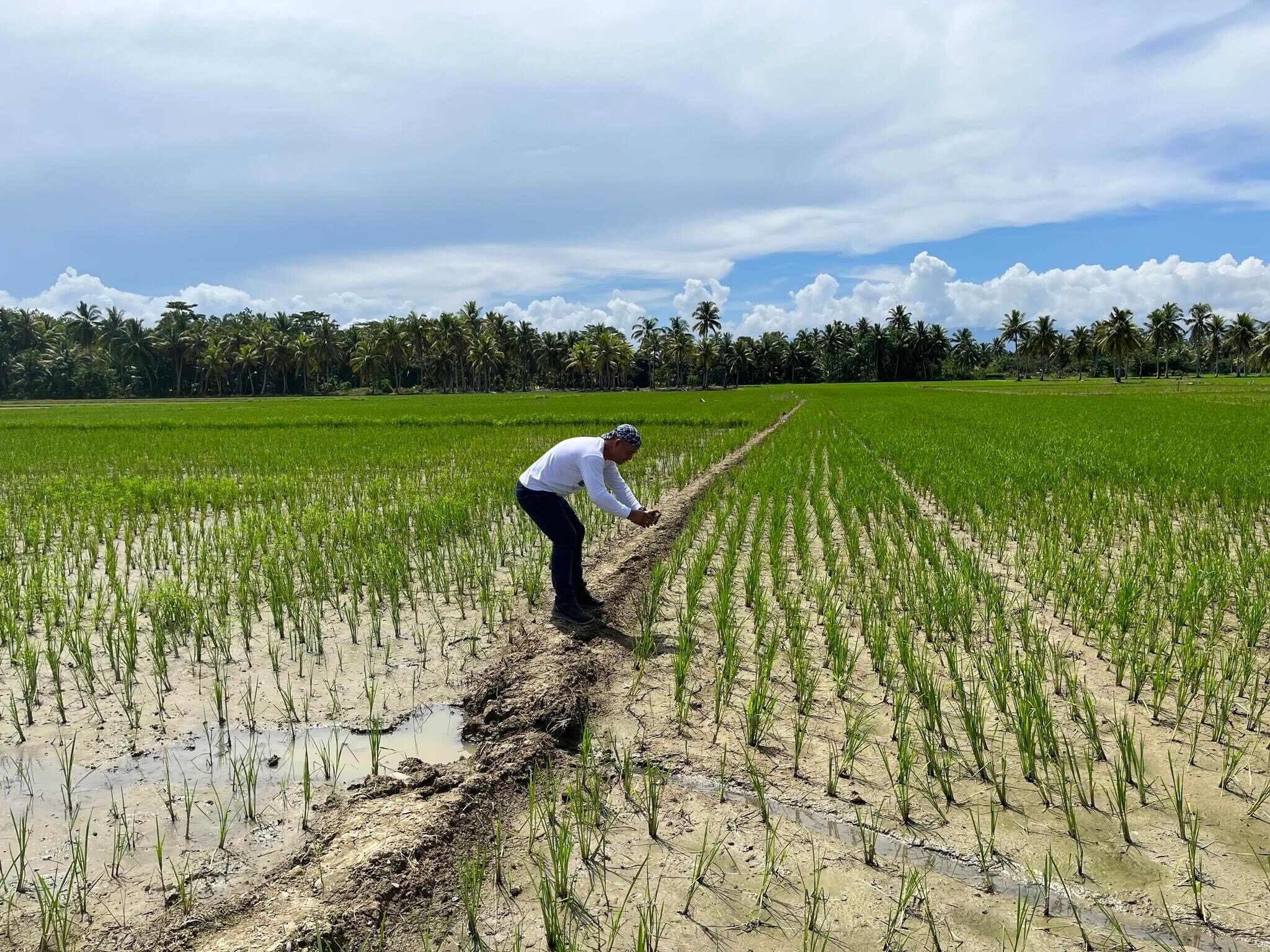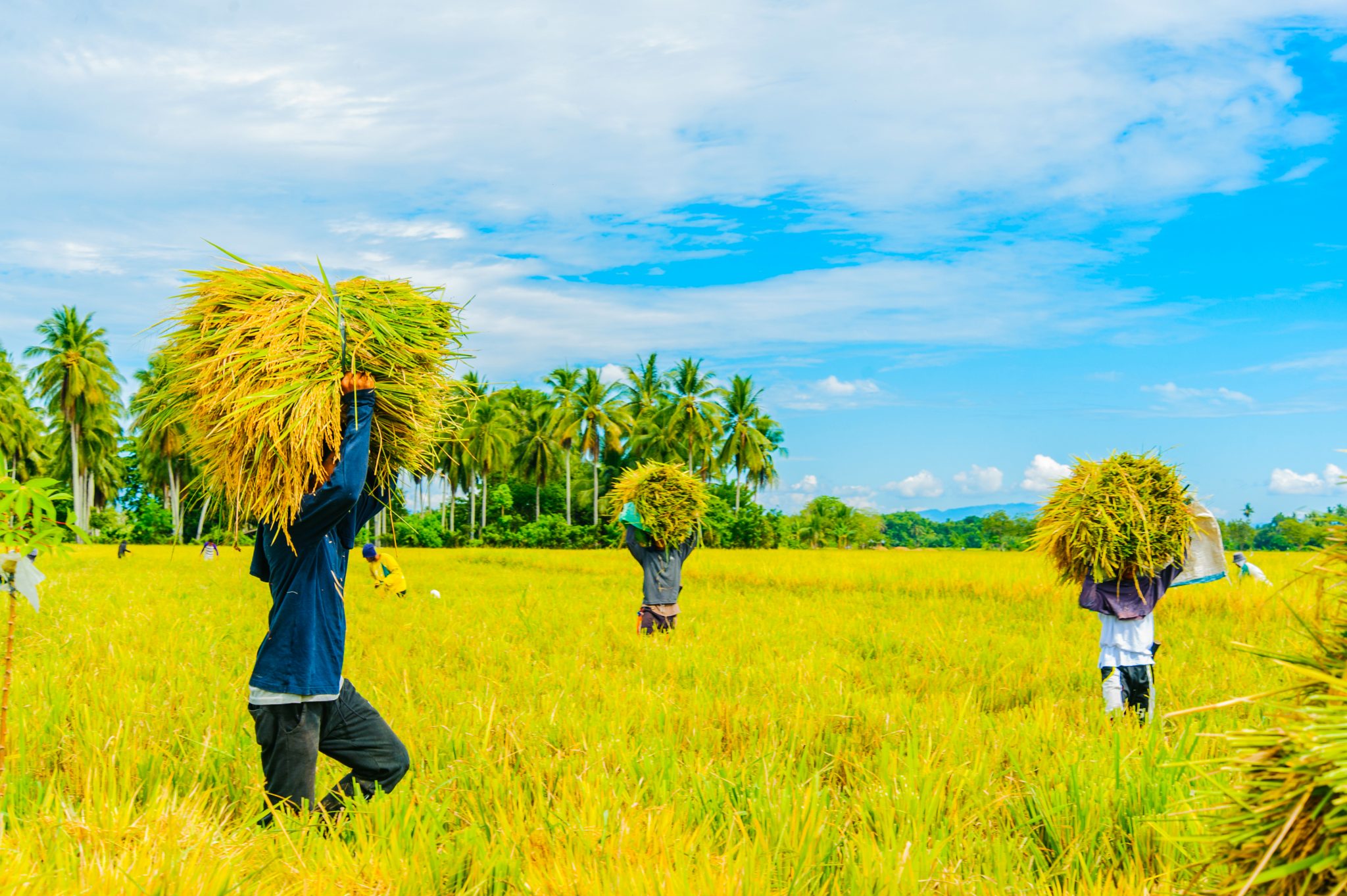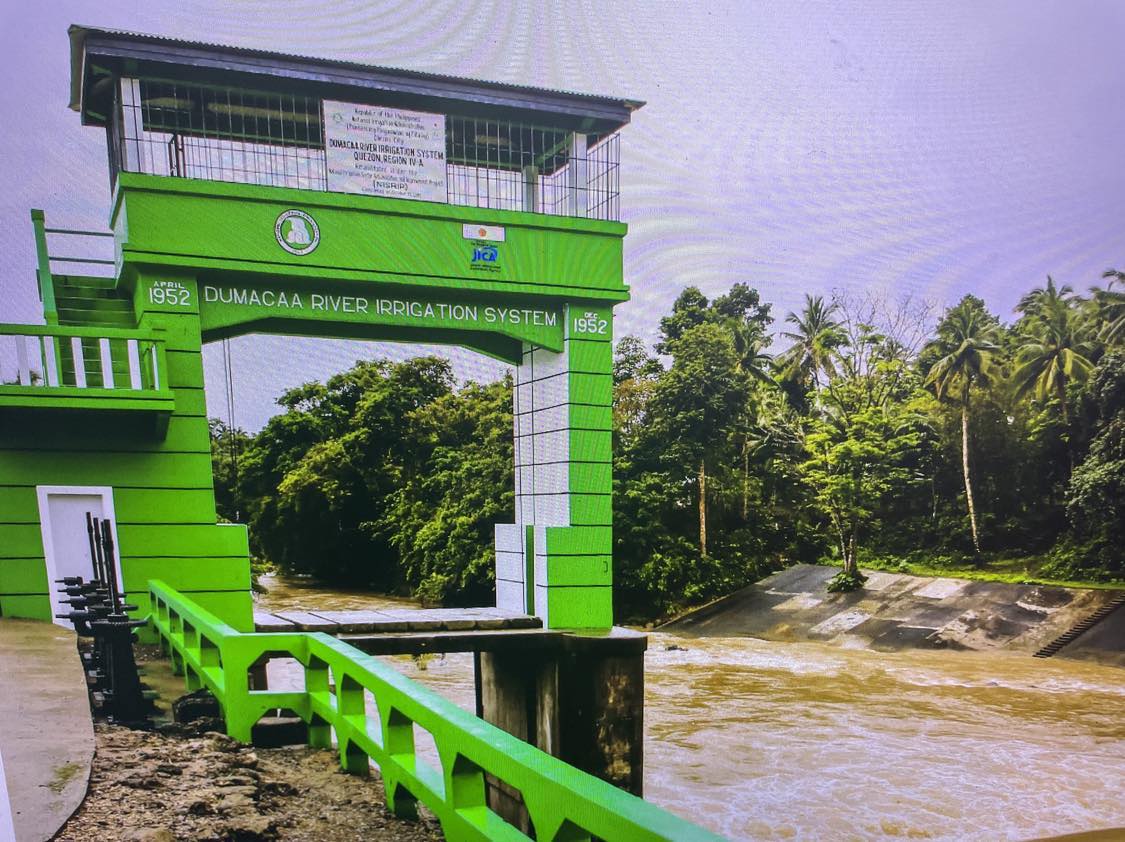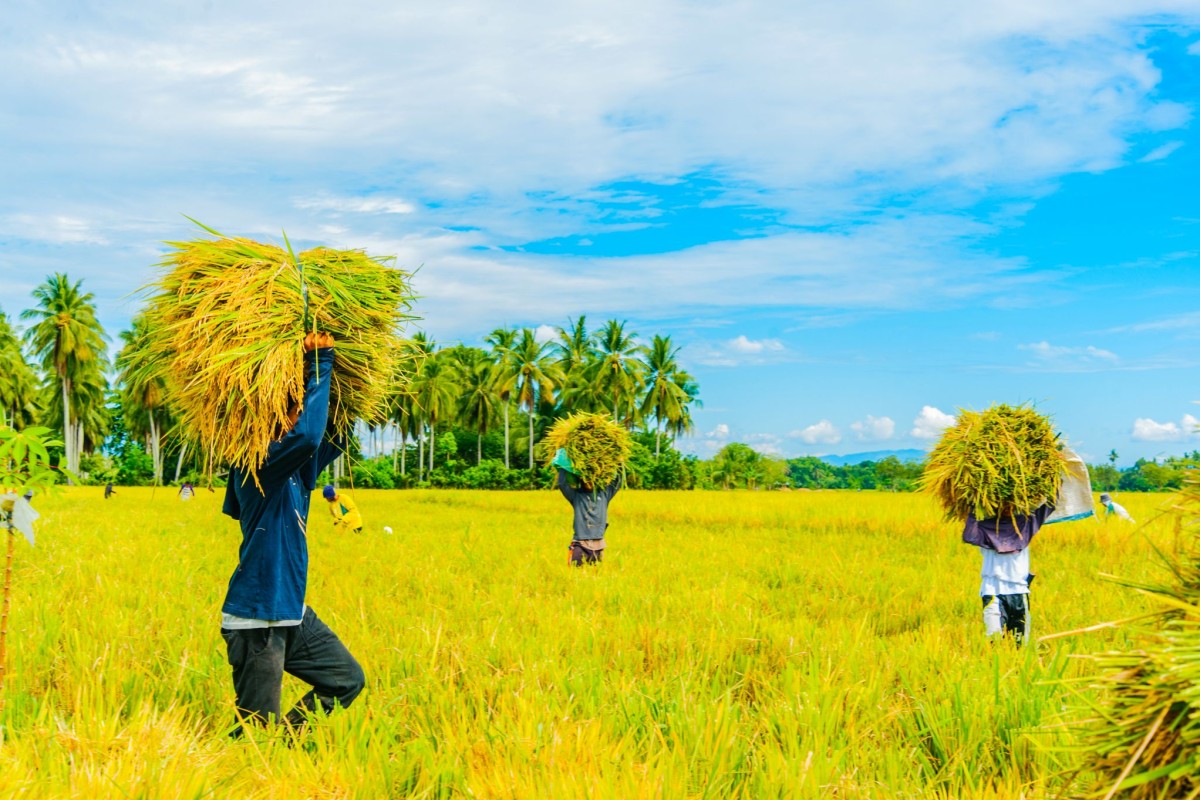In order for the family to survive the long dry spell, he looks into alternative modes of survival by opting to plant less water-demanding crops. He will also ask for help from other families of rice farmers and wait for the calamity fund to be given by their barangay government.
He said they have to plant mongo, eggplant, okra, ampalaya, string beans and leguminous crops like sweet potatoes as alternative crops that can give them income during this long drought.
“It is good that three of my older children have jobs and can fend for themselves. I would only worry about my two teenagers,” Dumayas said.
Rosemarie Salvador, a rice farmer in Barangay New Ilocos, Magsaysay, Davao del Sur, said that they have many water

sources in the area like the two rivers that traverse from Mt. Apo to their area. With this, they continue their “palay” production activity.
However, in the event of a long drought, which she has experienced before, she is fully capable of handling it. “If the El Nino occurs, we have to plant crops that need less water, like watermelon,” Salvador said.
Salvador added that the planting window in Magsaysay, Davao del Sur for the first semester (wet season) is April and the harvest-time peak is in July; and for the second semester (dry season), it is in August and the harvest-time peak is in November.
Municipal Agriculture and Fishery Council chair Rolando Calisay of Bansalan, Davao del Sur, who is also a rice farmer, said that when the drought happens, many surface waters like creeks and rivers tend to dry up.
He said they have to dig up deep wells to have water that households can use.

Earlier, Lolit Vinalay, a research specialist of the Department of Science and Technology-Philippine Atmospheric Geophysical and Astronomical Services Administration (DOST-PAGASA) based in Davao City, revealed that El Nino is already felt in the country with the depleting water sources.
She said Davao Region in general will still have rainy days, but rainfall will diminish from July to December, until the first six months of 2024.
“We are gearing towards the El Nino phase characterized by depleting water sources,” Vinalay said.
Meanwhile, the Regional Offices of the Department of Agriculture (DA) and National Irrigation Administration (NIA) in Davao Region have lined up their respective activities to cushion the impact of the El Niño phenomenon in the region.
DA XI Agriculturist II Joedel Leliza said that the agency has come up with an action plan involving preparedness measures, maximization of production in non-vulnerable areas, and saving production in vulnerable areas.
He said the preparatory activities include the reactivation of the inter-agency El Niño Task Force at all levels to mitigate the potential effects of the phenomenon on the agriculture and fisheries sector.

He said that to help maximize production in non-vulnerable areas, seeds, planting materials, and organic soil will be provided to farmers, two solar energy-powered irrigation water systems and drugs and feeds for fish and farm animals.
In areas prone to El Niño, the DA is taking proactive measures by helping farmers transition to alternative crops, equipping them with techniques on water management, supplying agricultural facilities and equipment like water container drums, besides from providing them with drugs and feed supplements for their livestock and fish.
Cloud seeding operations will likewise be done to augment rainfall in areas like the provinces of Davao del Sur, Davao del Norte and Davao City, he said.
Engineer Alted Abbot, head of the Operations and Maintenance Section of the National Irrigation Administration (NIA) in Region XI, revealed that water systems, including irrigation canals, diversion dams, and small-scale irrigation projects, will be developed and/or rehabilitated even before the start of the El Niño, which will be made available and accessible to farmers.
He said they are currently conducting an inventory of irrigation systems that need repair.
Based on the 2019 annual report, out of the 9,060 communal irrigation systems nationwide, there were 125 communal irrigation systems and nine national irrigation systems in Davao Region.
Abbot said that for the meantime, the NIA has initiated a five-day rotation of water flow in NIA canals to supply rice paddies in all areas.
“With the depleting water sources, we are sure to provide water to everyone through the rotational method, a five-day scheduling among irrigator’s associations, so that every farmer will have a supply of water,” he said.
Meanwhile, Abbot said they are conducting an inventory of the availability of water pumps, which will be used once they find water sources nearby.He said the NIA provides the water pump while the irrigator’s association or the local government provides the fuel.
Records from DA XI showed that Davao Region has a total of 110,572.69 hectares of rice area, of which 87 percent or 96,198.24 hectares is irrigated and 13 percent or 14,374.44 hectares are rain-fed or non- irrigated.
On the other hand, the Philippine Rice Research Institute (PhilRice) data revealed that Davao Region yielded 490,254 metric tons of rice in 2022 from a total of 110,573 hectares, and every hectare has a yield of 4.43 metric tons. (Joey Sem Dalumpines/PIA Davao)




